What can I say.
The Mandalorian.
C’mon…he’s great. The students from my SmArt School Dynamic Illustration class told me I’d get hooked, and they were right. They were so interested in the character that they pushed each other to do Mandalorian self-assignments during the weeks between classes.
Coming up this Spring, I’m devoting an entire semester to teaching portraiture. Portrait As Story will be 14 weeks long, taking a hard look at how to make better, more interesting, more accurate paintings of heads that project character and story.
How one presents a head study or likeness is every bit as important as the composition or the likeness itself. Body language, head gesture, even hand gestures will be part of our class discussions and assignments. We’ll work on all of it and go over it in detail. Portrait after portrait.
Why is the Mandalorian character so intriguing? It started, of course, with Boba Fett. I think every artist I know that enjoys Star Wars must’ve come out of their seat when he first appeared onscreen. Why?
He creates immediate curiosity. We quickly wonder many things about him. Think of it this way: his features have been edited to the barest essentials. We’re left with an impression of a face, not actual details. Our brains want to fill in those details. Like the mysterious gunslinger that rides into town. A man with a past we can only imagine.
The imagination drives us to learn more. It’s why ninja masks and astronaut helmets are intriguing. This is why I love to paint helmets. They hold mysterious heads inside.
Same is true for the Mandalorian.
This is a time-lapse demonstration painting I think you’ll enjoy. I made this especially for the Society of Illustrators online Art Out Loud series. During the hour or so, I answered quite a few questions about my methods, my interests, and why I used this particular image.
If you’re interested in good likenesses and portraits and what makes them grab the viewer, come study with me this Spring at SmArt School.


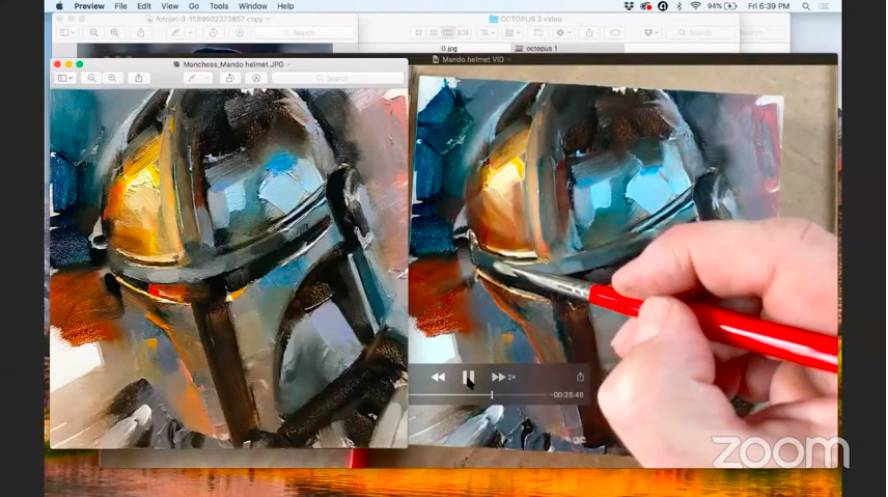
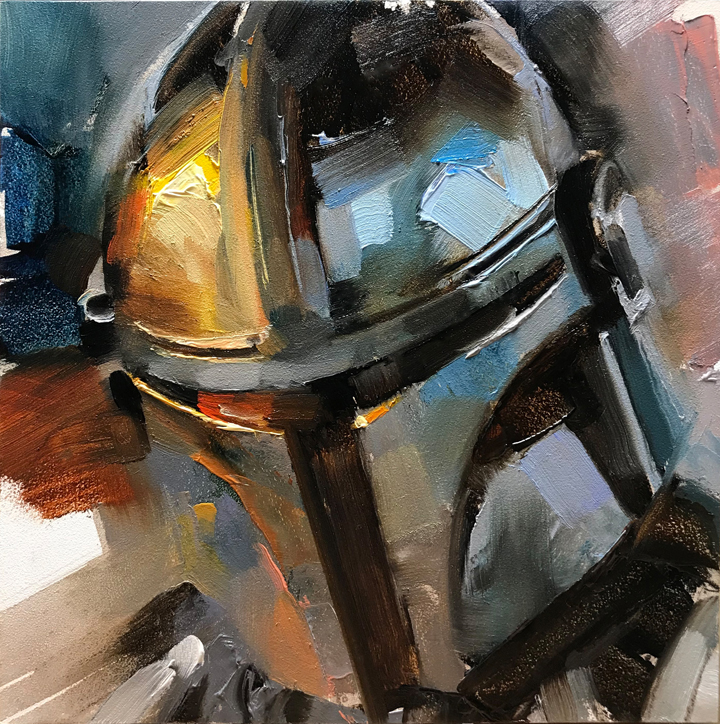
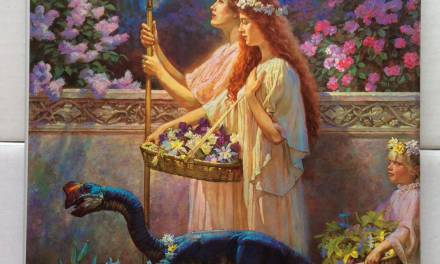
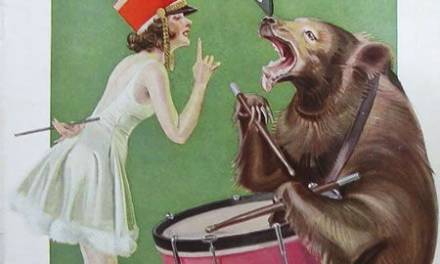
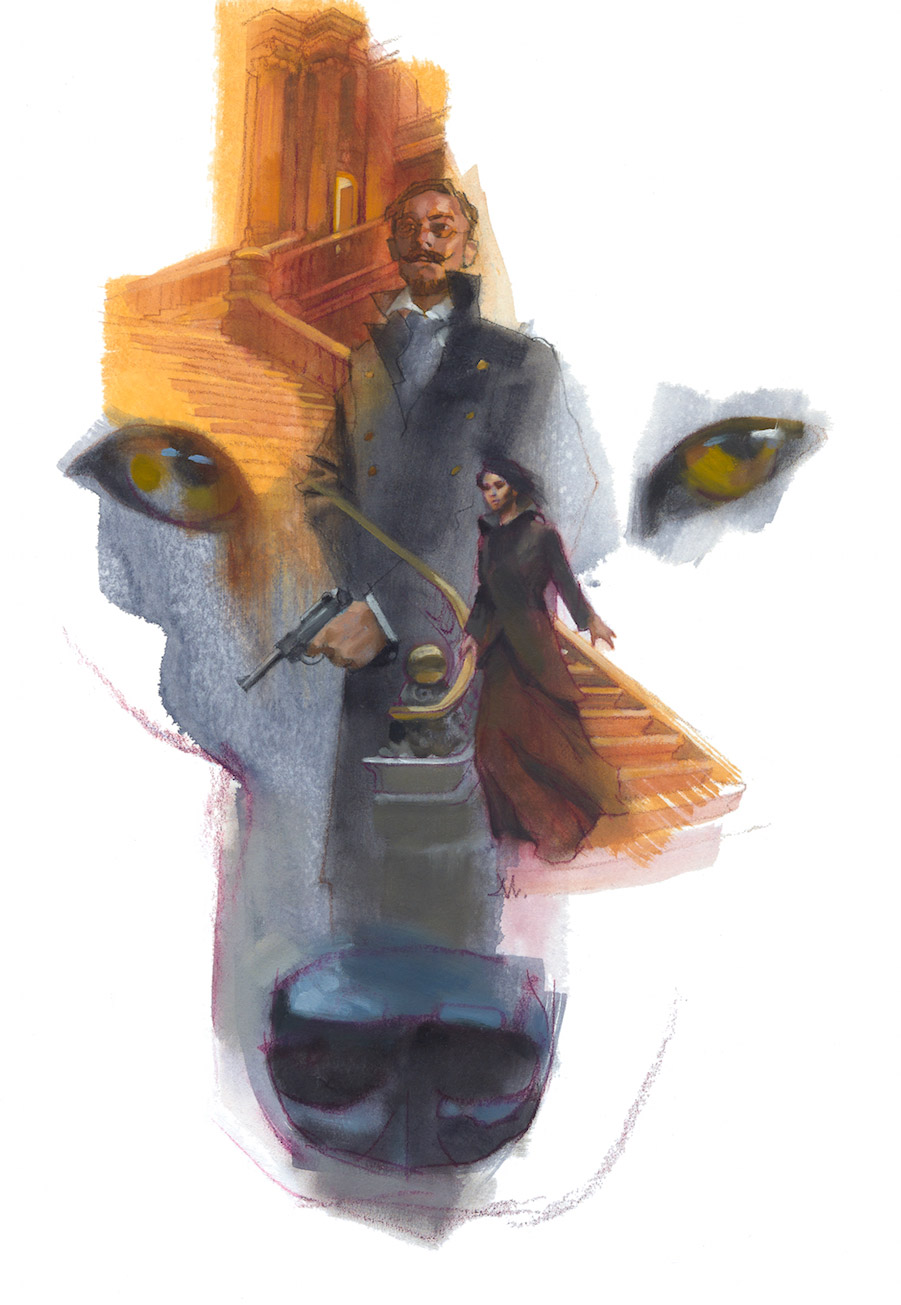
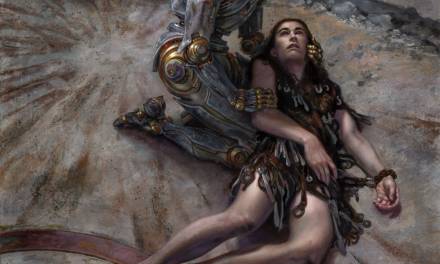
Thank you again for another inspiring demonstration Greg, seeing your previous series of helmet paintings, it was a real treat to see you take on The Mandalorian.
I’ve been painting mostly on 18in x 24in & 24in x 24in canvases but I definitely want to try painting on a smaller scale, it’s always good to occasionally get out of your comfort zone! 🙂